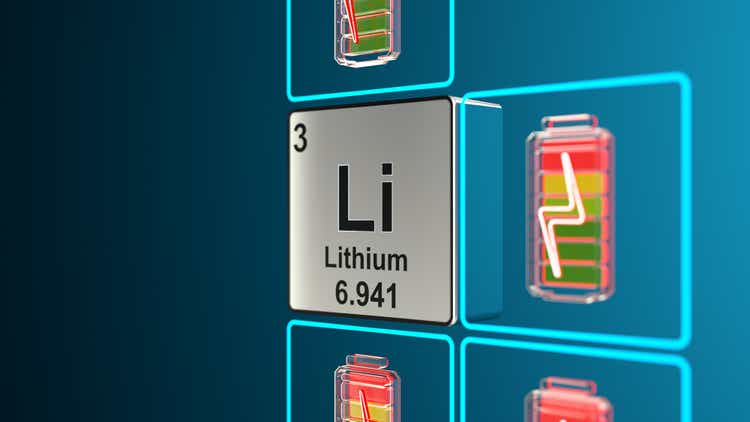
Olemedia/E+ via Getty Images
The U.S. has the second-longest lead times in the world for developing new mines of critical minerals critical to the energy transition, S&P Global said this week in a new report, which also noted high rates of lawsuits over the energy transition. mining projects, leading companies to cut U.S. exploration budgets.
The report said it takes an average of 29 years for such mines in the United States to go from discovery to production, longer than in any other country except Zambia, which averages 34 years.
The report shows that the United States receives much smaller mining exploration budgets than developed economies, as such investment was 57% higher in Australia and 81% higher in Canada over the past 15 years.
ETF:(NYSE:LIT), (NYSE: COPX), (CPER), (OTC:JJCTF), (GOEX), (PICK), (GOAU), (XME), (GDX), (SGDM), (URNM)
The U.S.’s longer lead times contrast with the country’s massive resource base: The U.S.’s 275 million tons of copper reserves and resources are equivalent to those of Canada and Australia combined, enough to meet domestic demand for the foreseeable future, while the U.S.’s lithium The resource reserves are 43 million tons. The reserves and resources are more than twice that of Australia. Australia currently accounts for half of the world’s lithium production.
S&P said that since 2002, only three mines in the United States have entered production, while 10 other non-operated projects have been in development for decades, with pre-production values representing more than $100B worth of copper, gold, lithium and zinc.

